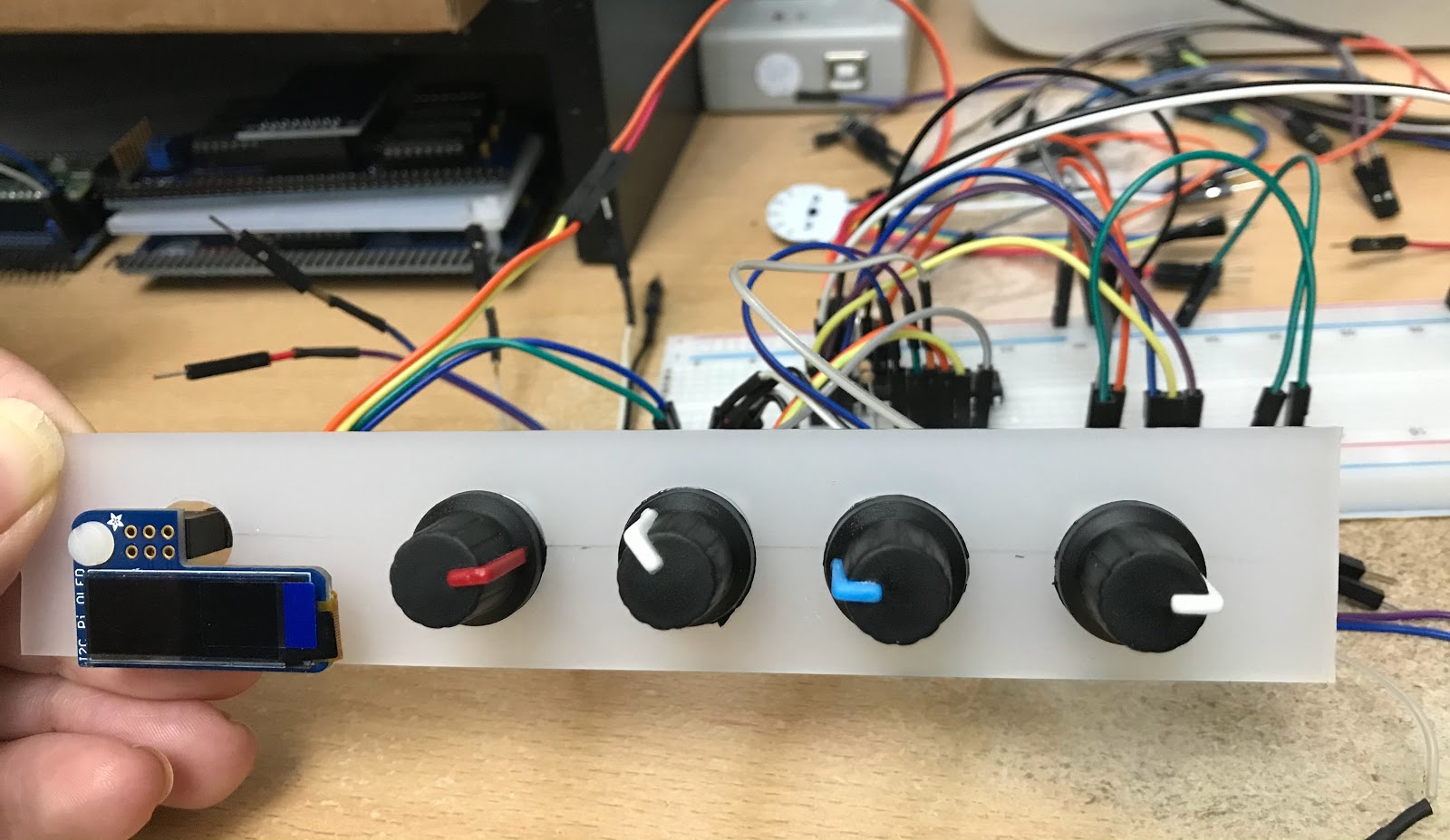#MIDISID Monday #2 - A physical UI and menu system take shape
This week has been mostly about the user interface; physical knobs, buttons and screen. I've procrastinated with this because, frankly, I've found designing a menu system hard. 3 modes So the starting point is that MIDISID will have three modes. I've demonstrated two of these many times already. One is general MIDI input, another is MIDI controller input (eg keyboard) with polyphony (hit as many notes at a time as you like, up to a maximum of the number of SID voices). The third is monophonic, which is the same as polyphonic, but making more of the SID's features and using more of the SID voices together to make complex sounds, at the expense of the polyphony. I'd like MIDISID to just work when powered up and given input. So the Mode menu will be the first menu at power-on and General MIDI will be selected and operational. Here's my plan for the menu system. There will be a lot more, but it'll still start with the 3 modes. Mode > General MIDI > D...



